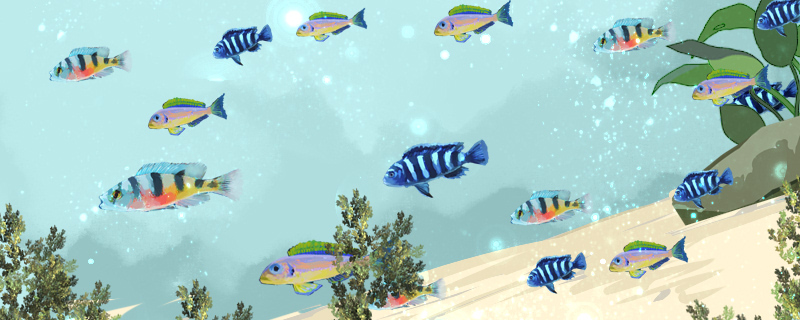
1. Hatching and breeding: After the male and female fish in the same tank see each other, they will swim to a relatively remote corner together. The females then deposit their eggs on the bottom sand, the males are fertilized, and the females protect the fertilized eggs in their mouths. After that, the female fish with eggs in her mouth will stay away from the fish and will not eat. After about 15 days, the small fish can hatch out. During the incubation period, we should pay attention not to frighten the female fish, lest it swallow eggs or abandon eggs. If you are more experienced, you can pick up the eggs during the incubation period, take the eggs out of the mother's mouth, and breed them separately.
2. Matrix reproduction: Male and female fish will spawn in the bottom of the tank in the cave or shell. Sometimes they will make a sand nest and lay eggs in it. After that, the mother fish will stay near the spawning site and take care of and incubate the eggs. The male fish will swim and patrol near the spawning place to play a role of vigilance and protection. During the incubation period, the environment should be kept stable, and there should be no large noise or large light changes, so as not to frighten the fish.
There are many species of cichlids in the third lake, and the breeding frequency of different species is different. Moreover, the suitability of the breeding environment will also affect the frequency of reproduction. In general, they can reproduce twice a year, and a few species reproduce only once a year. However, some varieties have more reproduction times and can reproduce more than four times a year in suitable environment.